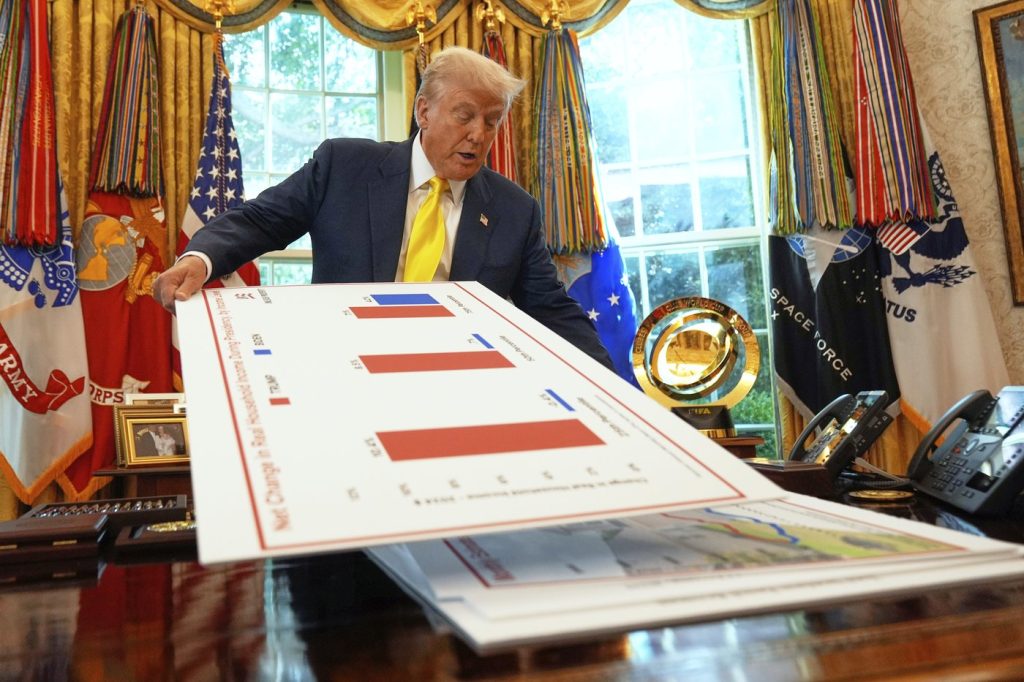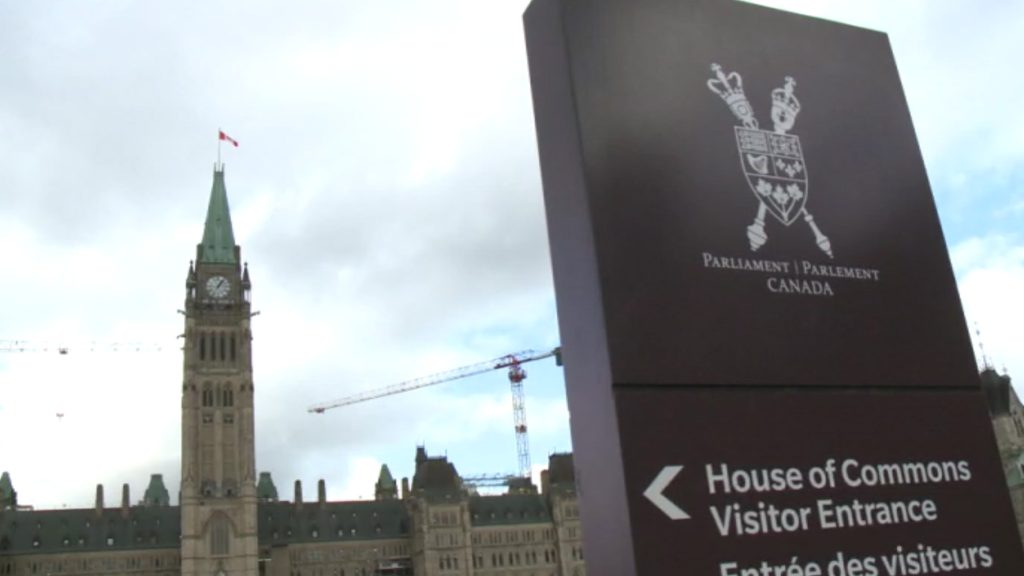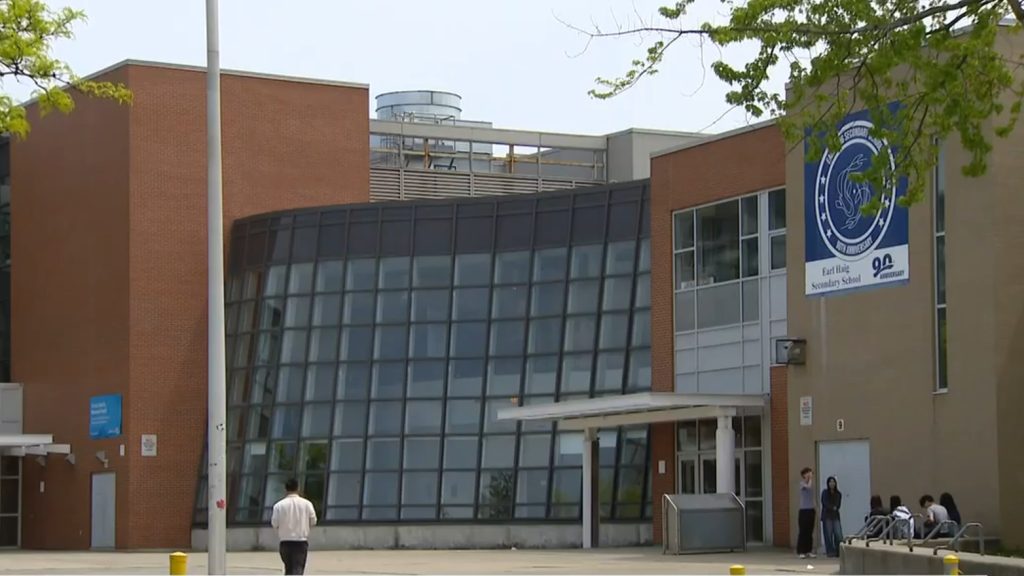On August 7, 2025, President Donald Trump unexpectedly gathered reporters in the Oval Office to present charts that he claimed demonstrated the resilience of the U.S. economy. This meeting came in the wake of a concerning jobs report from the previous week, which sparked significant criticism within his party, ultimately leading to the dismissal of the head of the Bureau of Labor Statistics, Erika McEntarfer.
Accompanying Trump during this presentation was Stephen Moore, an economist affiliated with the Heritage Foundation and co-author of the book “Trumponomics.” Together, they aimed to bolster Trump's economic record while undermining the achievements of former President Joe Biden. Trump stood by Moore’s side, frequently endorsing his assertions as they displayed various charts that illustrated their points.
This event signified Trump’s intention to redefine the narrative surrounding the U.S. economy. Although the stock market has shown strength, job growth has noticeably slowed down, and inflationary pressures have resurfaced, exacerbated by Trump's imposition of extensive tariffs on imports. These tariffs have generated rising costs for consumers, leading to renewed concerns about economic stability.
During the briefing, Moore justified his reasoning for Trump's dismissal of McEntarfer, asserting that the Bureau of Labor Statistics had overstated the number of jobs created during the last two years of Biden's presidency by approximately 1.5 million. Trump echoed this sentiment, suggesting that the BLS’ data manipulation was intentional, although he provided no concrete evidence to support his claim. It is common for job numbers to undergo revisions, especially during periods of economic unpredictability.
The economy’s performance has often diverged from the expectations set by any administration, revealing a complex and nuanced landscape that is difficult to communicate effectively to the electorate. Over the initial seven months of 2025, employers added 597,000 jobs, a figure that represented a decline of roughly 44% compared to gains in the same period of 2024. The July jobs report indicated that only 73,000 new jobs were created last month, with significant downward revisions applied to the May and June totals, amounting to 258,000 jobs lost.
Although Biden’s tenure was marked by downward adjustments to employment figures, his administration added 2 million jobs in 2024 and an additional 2.6 million jobs in 2023. The predominant challenge during Biden's presidency stemmed from soaring inflation, which peaked at a four-decade high with the annual consumer price index hitting alarming levels in June 2022. This economic reality left many households grappling with the costs of essential goods such as groceries, fuel, and housing, contributing to a political climate that favored Trump's return to the White House in the 2024 election.
Recent projections have indicated an uptick in inflation under Trump’s leadership, partly driven by his tariffs. Goldman Sachs estimated that consumer prices would rise by 3% over the past 12 months, up from a 2.3% inflation rate recorded in April. In response to these economic pressures, Trump vowed to ignite an economic boom. However, nonpartisan data has often cast a more complex picture, revealing subtle challenges within the economy.
Moore highlighted that, within Trump's current term, the average median household income, when adjusted for inflation, has reportedly increased by $1,174. He claimed this figure is based on unpublished data from the Census Bureau, making it difficult to verify independently. Trump expressed excitement about these numbers, suggesting that had he not presented them, people would have been skeptical of such claims.












